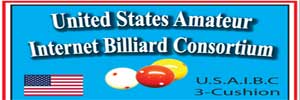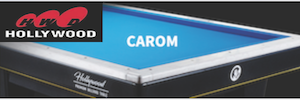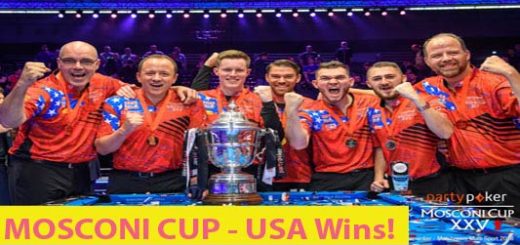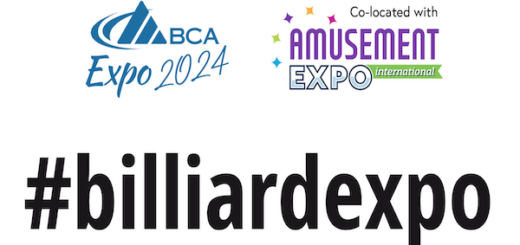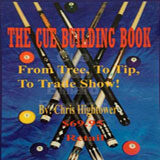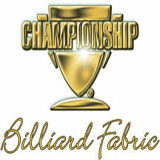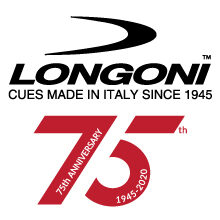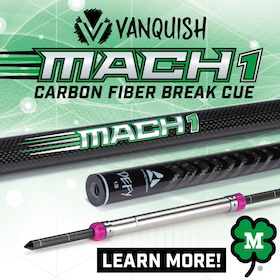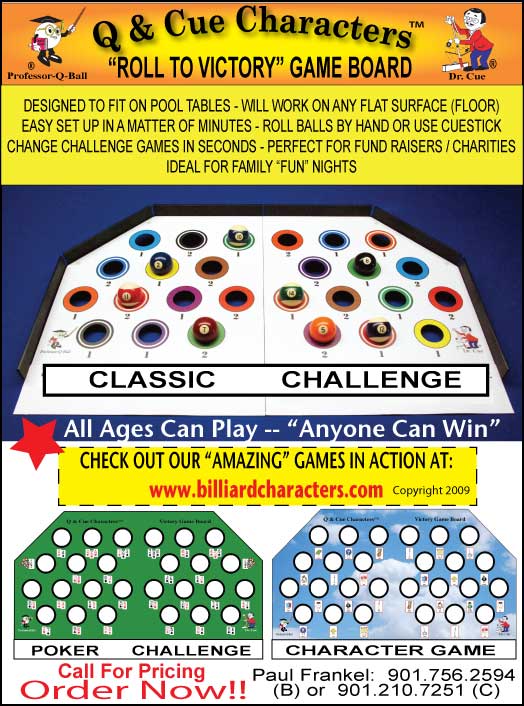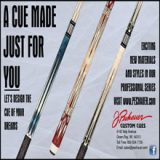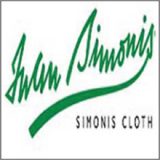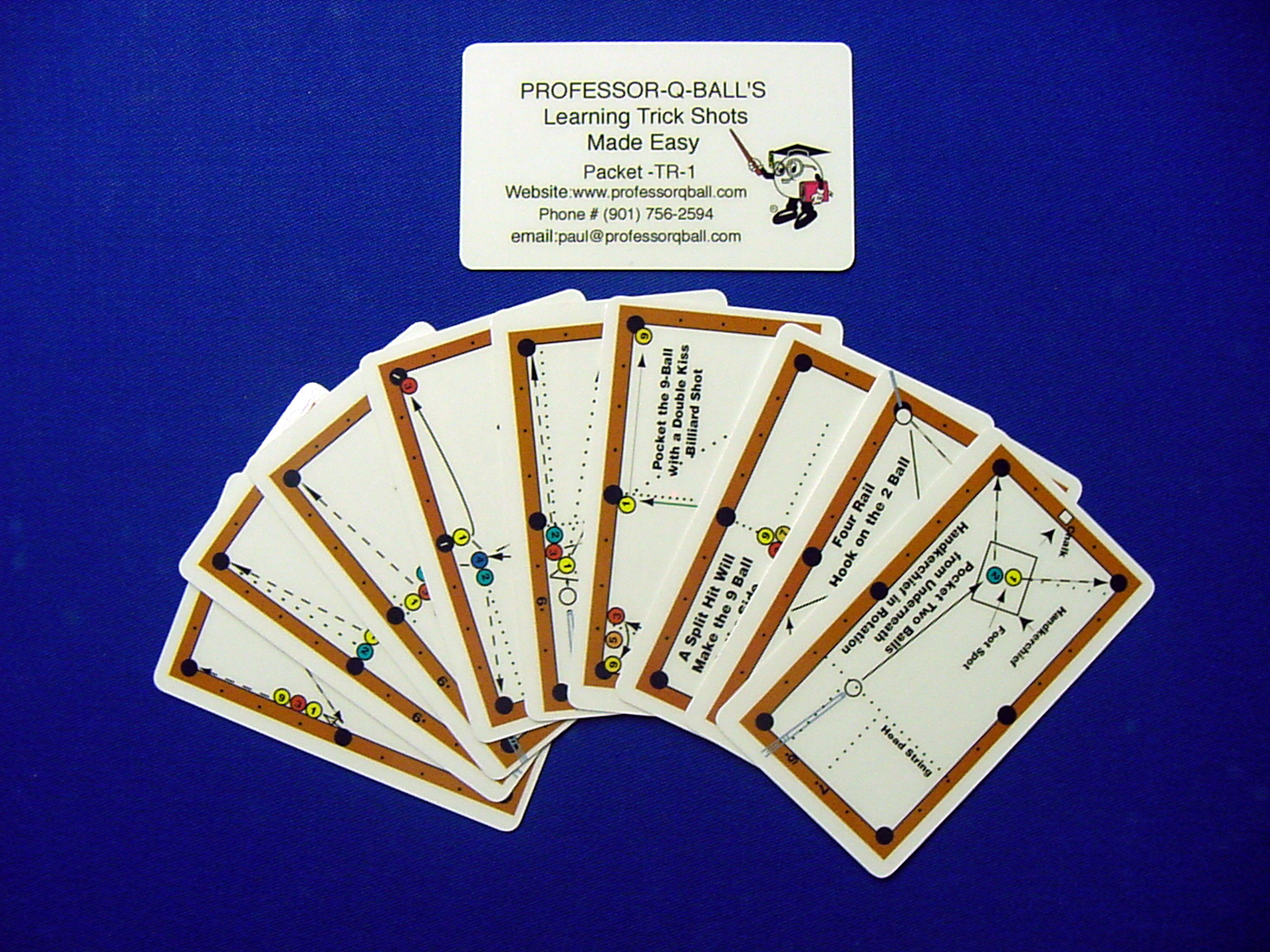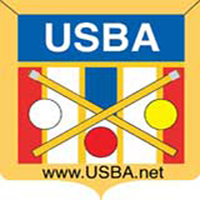Chalk etiquette (but it has nothing to do with your tip)
Chalk etiquette (but it has nothing to do with your tip)
Bert van Manen
We all use chalk on our tip, to prevent a miscue. If we do miscue though, we do not blame the chalk. We blame the tip. We put on our “I hate this shaft – face” and take another one from our bag. This second shaft is not as good as the first one; we started the match with the other one for a reason. The substitution is merely to tell the audience that the miscue was not our fault. (It was).
But I do not want to talk about shafts. I want to discuss chalk, and its main use: to applaud a good shot from your opponent. You take your chalk and tap it against your cue once or twice. Again, this is all for the spectators. It tells them you are a good guy, with a good attitude. It has little or nothing to do with your appreciation of the shot. You did not like the shot at all (mostly because he or she made it), but you go through the motions, and tap your cue with the chalk. This also helps to contain your opponents level of motivation.
Maybe I should explain that one?
Let’s say YOU make a great shot. A fabulous point! The audience rewards you with applause, but your opponent has a straight face and there is no tap. It is like an insult. You think to yourself: what an ass”¦
this guy has another thing coming. He is not going to win this match, not if I have to eat these balls without pepper or salt.
See?

Now let’s go over a few types of chalk-applause.
1) the insincere, early in the match-tap. Needs little explanation. The shot was not THAT great, you (the tapper) merely want to establish yourself as a good guy, the score is 3 – 4 in a match to 40, who cares.
2) the sympathy tap. You have the match in the bag, you lead 35 – 8 in a match to 40, and you are throwing the poor guy a bone. Any hanger he now makes, you tap.
3) the ironic tap. He makes an obvious fluke, you tap. That is risky behaviour, but not openly hostile. Do it with a smile, and you’ll get away with it.
4) the sarcastic tap. He makes a disguised fluke, and tries to pass it off as a good shot. There is no gesture of apology, and boy, does that piss you off. The audience may or may not have spotted it, but you KNOW he got lucky there. You are telling him: I SAW that. That one IS hostile.
5) the Arie Weijenburg tap. (a very good three cushion player from Holland). The tap has his name, because of his ultra-fast judgment, once the balls are rolling. Weijenburg’s opponent hits the ball. The audience is on the edge of their seats. The cueball still has 5 or 6 cushions to travel. Weijenburg taps, instantly. Several seconds later, he turns out to be right (he always is) : great point. What he has in fact done, is shift the attention from his opponent’s shot to himself. His tap steals his opponent’s thunder.
6) the Raymond Ceulemans tap. It’s almost the opposite of the Weijenburg – tap. If you are in a busines meeting, say nothing for the first 10 minutes. This will guarantee that people listen when you finally speak. Ceulemans taps very little. Why should he? Not many shots are great, by his standards. Where the Weijenburg – tap preceeds the response from the audience, the Ceulemans tap follows it. After all the applause has died down and there is silence again, Ceulemans taps. He is saying: THIS TIME you were right folks, THAT was a good shot. Different method, same result. Like Weijenburg, Ceulemans has shifted the attention to himself. He is telling everyone that HE is the alpha and the omega of this game, and don’t you forget it.
My chalk tip: be very, very frugal with taps 1 / 6. Be generous however, with tap 7, certainly if it is your gut response, as a lover of the game:
7) “Wow! That was a beautiful shot”.

